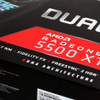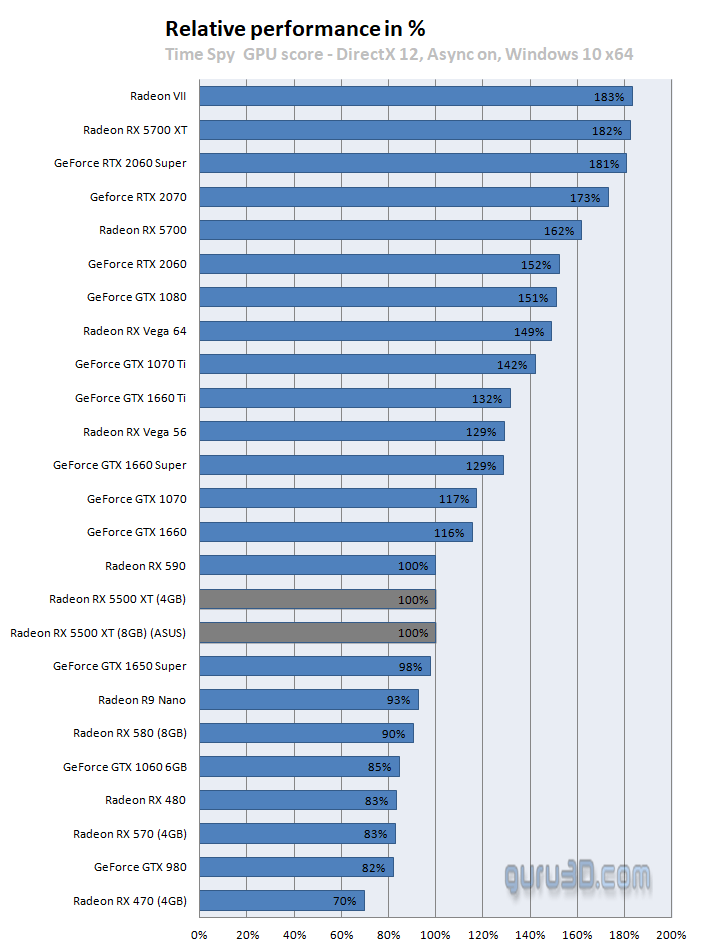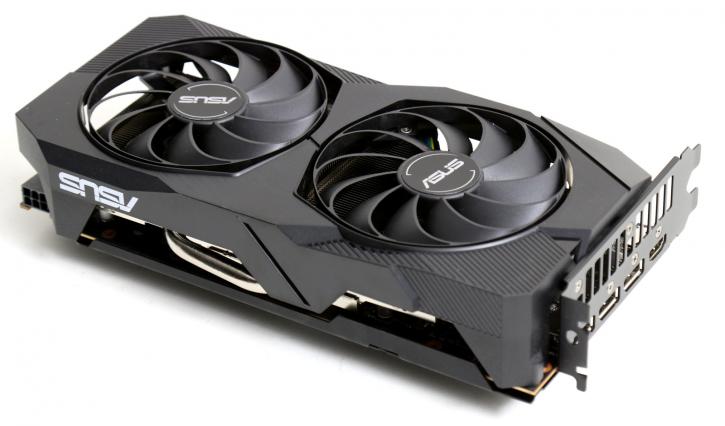Final words and conclusion
Final words
It has been an interesting launch for the 5500 series. The 5500 XT will become available starting today, albeit we do not precisely know what volume availability will be as many boards aren't available until the 19th. That means that the 5500 XT missed Black Friday, Cyber Monday and, well, one week away from Christmas it's not likely that you'll quickly be ordering a 5500 XT (in such a short timeframe). AMD claims they have plenty of volume available though, fingers crossed.
Performance
If you focus in at the target resolution of 1920x1080 then I'd say AMD has got a super fun new product. Games like Battlefield V will make you aim, shoot and smile. Games like Metro: Exodus will make you cry and here you'll find yourself lowering image quality fast and swiftly. We do recommend the 8GB version over 4GB, however, that is a bit of opinionated advice from us as, in the Full HD domain, 4GB might just be enough. If you are a little more savvy with high-quality textures etc., then hey... 8GB man. Realistically the 5500 XT card makes good sense in the Full HD space (monitor resolution of 1920x1080) and can even handle games at a resolution of 2560x1440 (Wide Quad HD) if you opt for 8GB. While results with a 4GB card might look close to the 8GB version, you'll get far more irritating stutters etc. Results vary per game title though. Overall the product is faster than that 1650 Super and sits at the Radeon RX 580/590 level of performance, not bad eh?
Relative performance under the condition that you do not run out of graphics memory
Pricing
The 5500 XT overall as a reference product is priced in that 150~200 USD space depending on brand and model exclusivity. A premium board should be roughly 20 bucks more expensive, and if you opt for 8GB over 4GB that total might be running up to an extra 50 bucks. The card MSRP product pricing is as follows: $169 - €185 for the 4GB models, $199 - €219 for the 8GB models.
Cooling & acoustics
The cooler certainly holds its ground, the acoustics are reasonable at a measured 39 dBA, which I consider to be a normal operating value, but not silent. Temperature wise we're looking at roughly 61 Degrees C under full load, which is really good. So for an MSRP product, the lights are green here.
Energy
The TDP for this XT we measure to be roughly 130 Watts. That number varies a bit per game title, workload, resolution and even refresh rate of course. It's a really fair wattage and brings AMD to a level where the competition sits as well. That's mainly thanks to the architecture, but of course also that 7nm fabrication node.
Conclusion
You know, I really like the 8GB 5500 XT as it performs surprisingly well. However, during my testing, something was bothering me, and I have pinned that down to product positioning. See, IMHO AMD has got a bit of a problem at hand, it's not that the product is not sound, no Sir, it is. Who is actually going to purchase a Radeon RX 5500 XT if the performance is close to identical to the Radeon RX 580/590. Really I think that is a problem as the consumer with such a graphics card certainly is not going to update. I mean, Polaris offers 256-bit memory and pretty much all models sold are 8GB versions. The RX 5500 XT offers nothing new other than a reduction of power. So only people that own a lower performance class product, or have a defective product, might consider the Radeon RX 5500 XT. So IMHO, the 5500 series falls a little in no-where land. What AMD really needs is a product that sits in-between the 5500 and 5700 at the price of what Polaris currently is doing, which would have made sense. And considering I am still seeing a gap in the model range, the 5600 series is going to need to address that, hopefully, sooner rather than later. So yeah, there you have it, there's absolutely nothing wrong with this product all by itself and, in fact, I think the 5500 XT performs better than I would have expected with terrific wattage. It's just smack-down in the middle of a performance bracket that people have been buying for many years now. With few feature advantages, there's just little reason to upgrade.
The flip-side of the coin is that if you need to build a new system and need a power-friendly easy add-in card with enough oomph for 1920x1080, here it's a proper alternative in an affordable segment. The ASUS model as tested today is a fun product, a good build, decent acoustics, lovely temps and fun looking design. Tweaking wise you'll pump another 5% performance out of it, but as you'll learn that goes for all tested models and brands. With all facts combined, we can certainly put a recommended badge on there, but only if you're due for an upgrade.
- 3DMark FireStrike + Time Spy + Port Royale)
- Download AMD Radeon drivers
- Download NVIDIA GeForce drivers
Sign up to receive a notification when we publish a new article.
Or go back to Guru3D's front page




